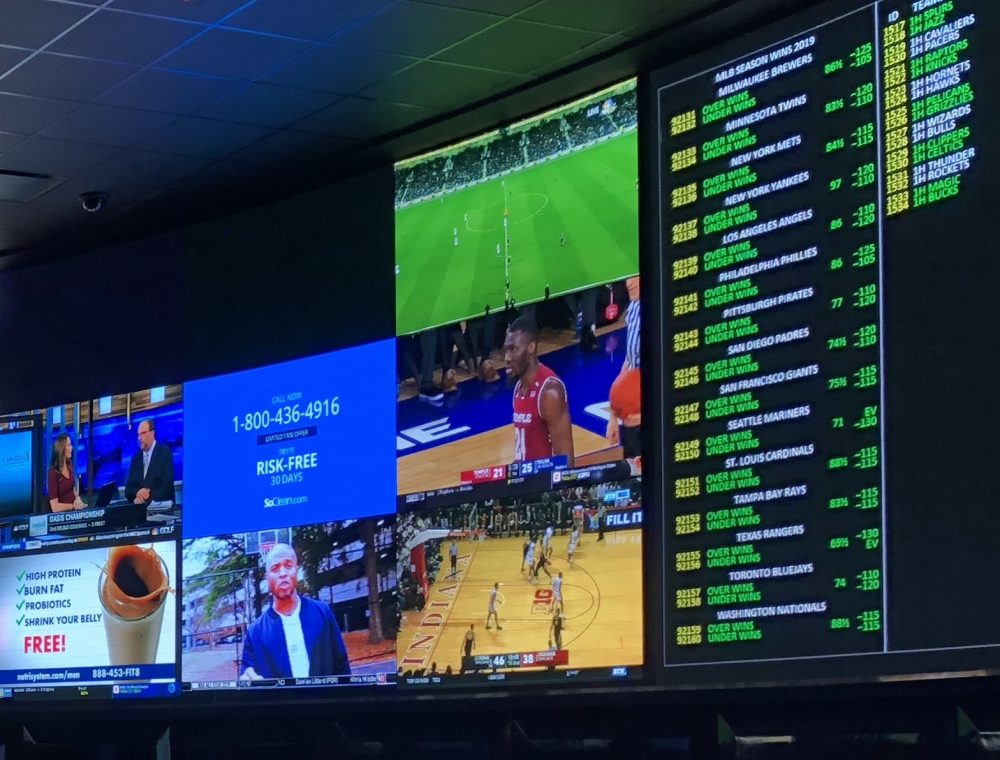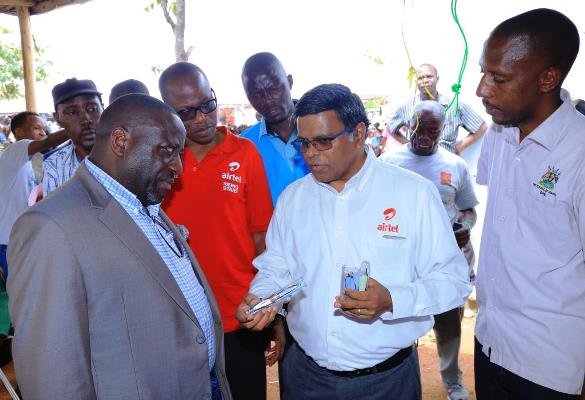Currently, Uganda stands one of the three countries with Gorilla Trekking activities besides Rwanda and Democratic Republic of Congo (DRC) in the entire world. There are close to 900 mountain gorillas globally and embarking on a gorilla trekking safari grants you an opportunity to interact with the most interesting and intelligent primates.
However, a tourist needs to carefully select a suitable country that can give them exception gorilla tracking experience despite the fact that species are endangered and only live in the wild where one has to go through the thick forests so as to see them which takes approximately an hour while trekking into the native forests.
It should be noted that mountain gorillas are only found in four habitats within the three countries which habitats constitute dense vegetation of Bwindi Impenetrable National Forest in Uganda, Virunga Conservation area comprising of Mgahinga National Park in Uganda, Virunga National Park in Democratic Republic of Congo (DRC) and Rwanda’s Volcanoes National Park.
By 1981, only 254 mountain gorillas were recorded left in the world but currently, estimated 1004 are available in the wild and the only way to see them is through trekking their natural habitat through forests that reach upto 14,763 feet altitudes.
Here are five reasons that guide one for a gorilla trekking Activity.
Big Numbers for Mountain Gorillas
Arguably, Uganda has the highest number when it comes to mountain gorillas within the two gorilla trekking zones; Bwindi Impenetrable National Forest and Mgahinga Gorilla National Park. Bwindi Impenetrable National Forest is also known as ‘’The Place of darkness’’ because of its dense canopies with her montane and lowland forests sitting on 128 square miles. With its incredible biodiversity and the highest number of endangered species, the region was named a UNESCO World Heritage site. It has full accounts of 13 square miles with three of the major eight Virunga peaks including Mount Gahinga, Mount Muhabura and Mount Sabyinyo.
Cost effective Gorilla Permits
Compared to Rwanda, Uganda has one of the most cheapest and cost effective gorilla trekking permits, Rwanda sells gorilla permits for $1,500 throughout the whole year whereas the same permit in Uganda is sold at USD600 for foreign non-residents, USD500 for foreign residents and Ugx250,000 for East Africans throughout the year.
Supporting local communities to restrain Gorilla habitat Destruction
Most times, there are clashes between gorillas and residents in communities surrounding gorilla habitats as a result farming destructions by primates and struggle for settlement to humans due to poverty. To end this, trekkers can hire a reformed local porter and former poacher to help navigate them through the park and also guide through River crossings and the steep, muddy slopes among many more so as they can earn a living.
The other way can be through community led village walks and cultural tours that can be driven by young adults especially in Bwindi who get hospitality training through rigorous classes and practical experiences.
Enjoying an Adventurous Experience
Most areas in South Western are naturally designed by terraced hills and rolling volcanic slopes that the less weak hearted can’t just climb, embarking on a hiking experience while taking a gorilla trekking adventure is more fun though getting close to the gorillas needs some bit of hard work as they have no special place where visitors can find them, one is entitled to navigate the hill through uphill and downhill via thorns, thick vangles of vine and roots with no clear routes, signs and directions. The rangers here carry machetes to pave way.
Habitat for other Primates
Besides Gorillas, Mgahinga also serves as home to more other primates like the Golden monkey, these comical monkeys are found high up the bamboo forests. The searching process for these primates is relative. Some of these other primates in Bwindi include L’hoest monkeys, grey-cheeked mangabays and blue monkeys.
National parks in Uganda also serve as home to primates such as dominant Chimpazees at Kibale Forest National Park, Patas monkeys are popular at Murchison falls National Park and Queen Elizabeth National Park has blue monkeys and red – tailed monkeys. In addition to primates, Ugandan parks have also got a huge number of non-primates like lions, Leopards, buffaloes, elephants, giraffes, just to mention a few.



